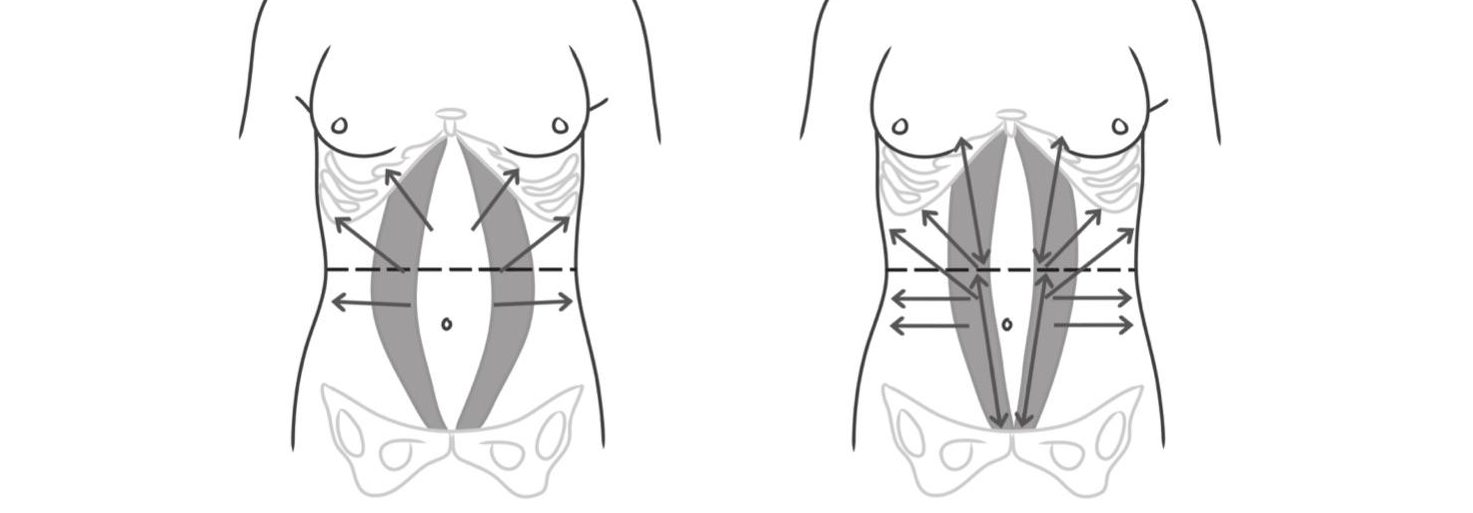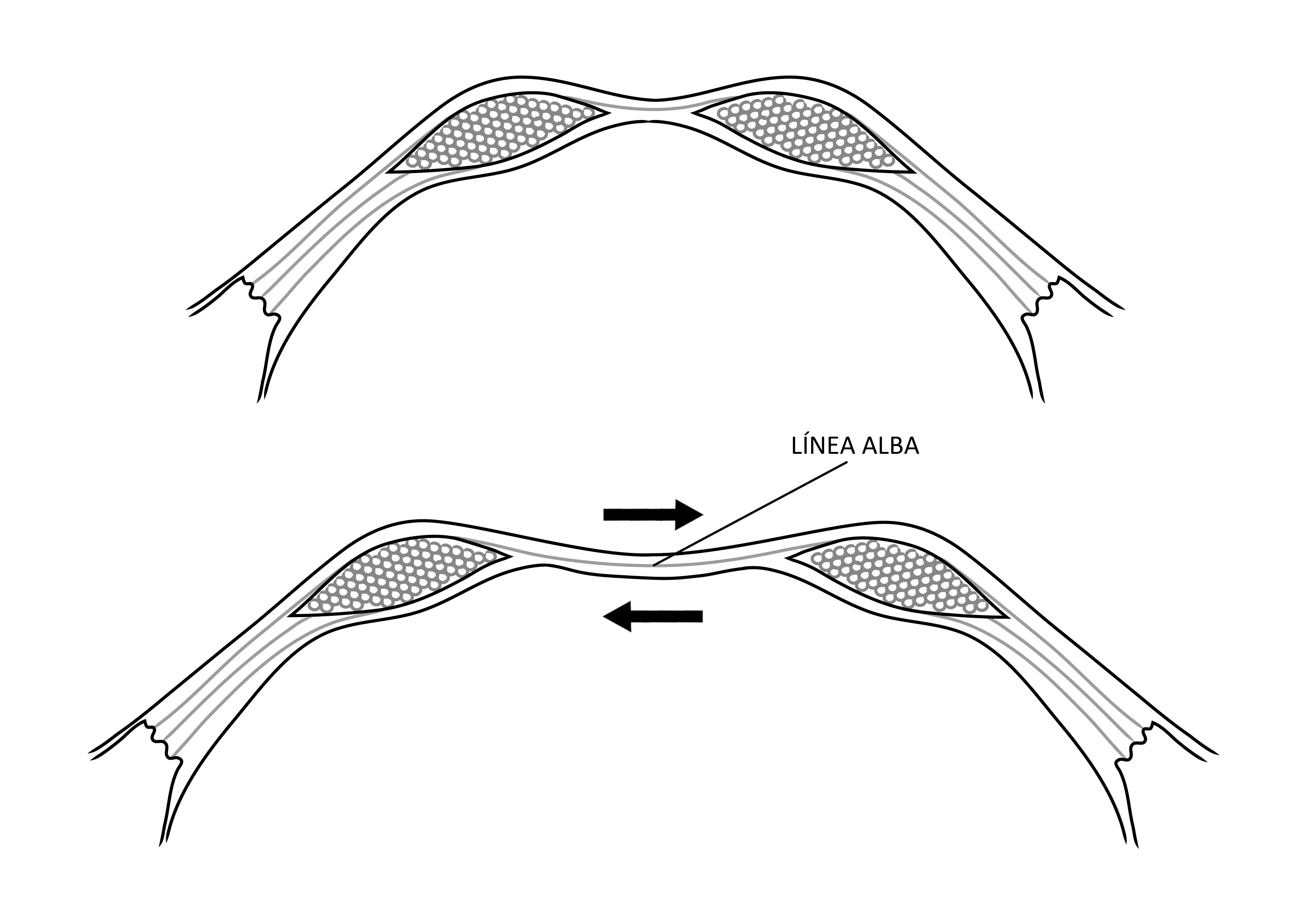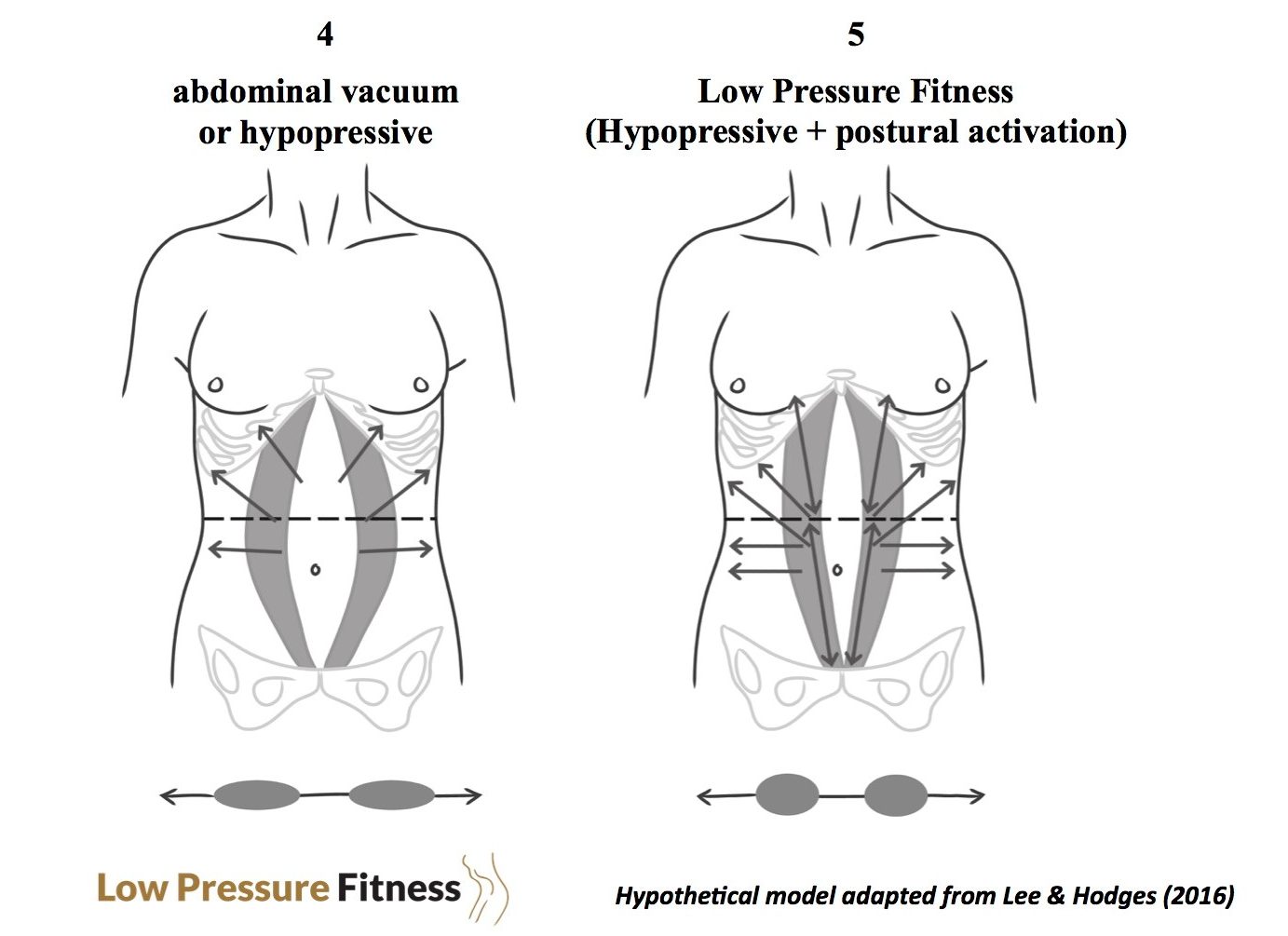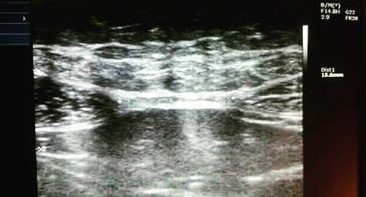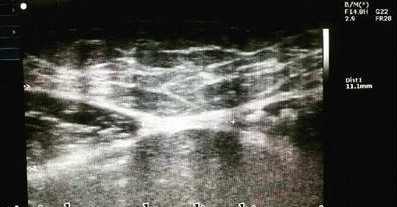What are the advantages of low pressure exercises versus the crunch or curl-up? How do each of them affect the linea alba, that line of fibrous tissue that connects the right and the left abdominal muscles? Do any of these questions have a clear-cut answer?
In this article Dr. Rial, founder of Low Pressure Fitness, offers an explanation on these issues and clarifies the evidence available so far on the effects that curl-ups have on the linea alba. She also raises new hypotheses for low pressure training as the new alternative for rehabilitation for abdominal diastasis.
Until fairly recently, traditional abdominals were staunchly defended by practitioners and researchers as the best method to restore diastasis recti. The logic was that since the distance between the right and left abdominal muscles decreased while executing crunches, repeating this motion would help to reduce this distance. On the other hand, exercises that increased the distance between abs were discouraged, given that in the long run, they would cause the linea alba to stretch further.
Today, however, other experts have raised their voices with different perspectives, drawing from the results of their clinical practices or studies. This alternative outlook explores the notion of increased –and unwanted- pressure in the abdomen when performing traditional crunches. These new approaches are seen as both more functional and friendlier to the pelvic floor.
Indeed, today we can find different perspectives regarding the best exercise to reduce abdominal stretching. This is the case of Low Pressure Fitness, one of the major workout programs based on the hypopressive technique.
The abdominal division: linea Alba
The white line or linea alba is the vertical line that you can see down the middle of the stomach muscles. It separates the rectus abdominis into sections and gives it the famous six-pack appearance.
During pregnancy the gap between both sides of the abs increases gradually and naturally as the pregnancy progresses. The trouble is that after delivery, many women cannot find the way to recover that distance between their abs and get their figure back.
Diastasis of the abdominal rectus occurs when the gap between the abs exceeds 2.5 or 3 cm. It is not just about looks – it can also be a functional problem. Stability of the spine and pelvis can be compromised. Diastasis is generally linked to lower back and pelvic floor dysfunctions.
Clinical advances
In an article on the reaction of the linea alba during a curl-up, Lee & Hodges (2016) revealed extremely interesting data, which shed a little more light on the question of whether to narrow or stretch the linea alba. In other words, whether to open or to close the diastasis.
The study found that when the abdominal transverse muscle was pre-activated before curl-ups, the gap between the rectus muscles increased. However, distortion of the linea alba decreased. On the other hand, when the simple curl-up was carried out, with no pre-activation tension, the abdominal rectus muscle closed and in consequence, the linea alba became distorted.
This notion of distorsion of the linea alba is a completely novel concept. The greater the distorsion in the linea alba, the greater the fascial tension. Indeed, up to date, research focused mostly on the behavior of the muscles, but did not go into the behaviour of connective tissue.
It is relevant to notice the predominant role that fascial tension has in reducing and regenerating connective tissue. Fascial tension is the mechanical stretching force that affects a muscle and it´s connective tissue.
That is why although traditional crunches narrow the distance between the rectus muscles they also reduce the fascial tension of the linea alba compared to exercise with the transverse abdominal pre-activated.
It is on this same hypothesis that I suggest Low Pressure Fitness could be an optimal workout to recover from diastasis. Low Pressure exercises are the indisputable star workout today to recover from pregnancy and delivery in Spain.
My own clinical practice and the results achieved by my students using Low Pressure training reveal its effectiveness in reducing diastasis recti. However, we have no solid scientific studies to confirm such observations and practical experiences.
Abdominal vacuum and activation of postural muscle patterns are the signature features of Low Pressure exercises. It produces transversal and longitudinal contraction in the deep muscles of the core (Figure 4). This means the deep core muscles are activated, the waist shrinks and the stomach flattens out (Figure 5).
All these factors seem to produce a very similar effect to that observed by Lee & Hodges during the pre-activation of the transverse + activation of the rectus abdominis during a curl-up. It is hypothesized that though this does put strain on the linea alba, it also reduces the distance between the abdominal rectus muscles by moving the rib cage and altering the body posture through Low Pressure exercise.
The following image shows the behavior of the diastasis recti of a clinical case in her postpartum period at rest and executing a Low Pressure exercise.
At Rest
During Low Pressure exercise
The goals of after-delivery rehabilitation include recovering the waistline and functionality in the pelvic floor. Following delivery, women often suffer some type of dysfunction in the pelvic area, such as urinary incontinence, pelvic pain or pelvic organ prolapse. Clinical and rehabilitation practice is generally concerned with finding an exercise which will produce the necessary muscle tension while avoiding unwanted pressure on the pelvic floor.
The added value of Low Pressure Fitness as an alternative to traditional curl-up training is precisely that excessive pressure is avoided. In other words, it does not increase pressure on the pelvic floor. A recent study carried out in the Quirón Hospital of A Coruña (Northern Spain) found an improvement of diastasis recti in a post-partum group after ten weeks of low pressure training.
At the moment we are unable to exactly pinpoint which are the reasons why low pressure fitness can be an optimal tool for diastasis recti rehabilitation. However, we are assisting to a change of perspective on how different abdominal exercises can affect the linea alba. Low Pressure training is an active and novel approach of this change.
Author: Tamara Rial, PhD
